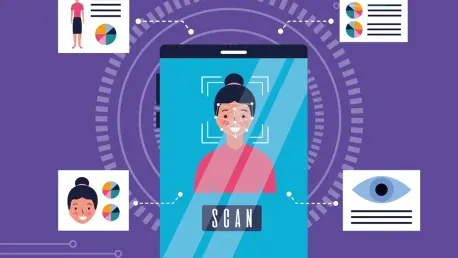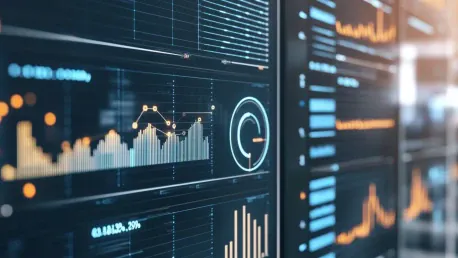
In an era where misinformation spreads rapidly online, the development of AI systems to detect fake news has become a critical focus. These systems aim to mitigate the harms caused by deepfakes, propaganda, conspiracy theories, and other forms of false content. However, the journey to creating an

The AI image recognition market is poised for significant expansion from 2024 to 2030 due to advances in artificial intelligence (AI), machine learning (ML), and computer vision technologies. These innovations are reshaping various industries by enhancing the accuracy, reliability, and scalability

The rise of large language models (LLMs) such as ChatGPT by OpenAI and Bard (now known as Gemini) by Google LLC has revolutionized the realm of artificial intelligence, especially in its potential applications for writing. As AI technology continues to evolve, questions arise about its capability

Artificial Intelligence (AI) is transforming numerous facets of modern life, including public safety measures in the United Kingdom. AI-powered facial recognition technology (FRT) has emerged as a key element in this transformation, offering new capabilities for law enforcement and public safety.

The recent study conducted by OpenAI on the first-person biases and harmful stereotypes in their ChatGPT models is an eye-opening revelation for the AI community. OpenAI aimed to investigate how effectively their latest iterations, ChatGPT-4o and ChatGPT 3.5, manage to curb first-person biases

Artificial Intelligence (AI) has rapidly grown into a multibillion-dollar industry, revolutionizing various sectors such as technology, healthcare, and transportation. With projections indicating the market value will soar to US$407 billion by 2027, it's easy to be enamored by AI's